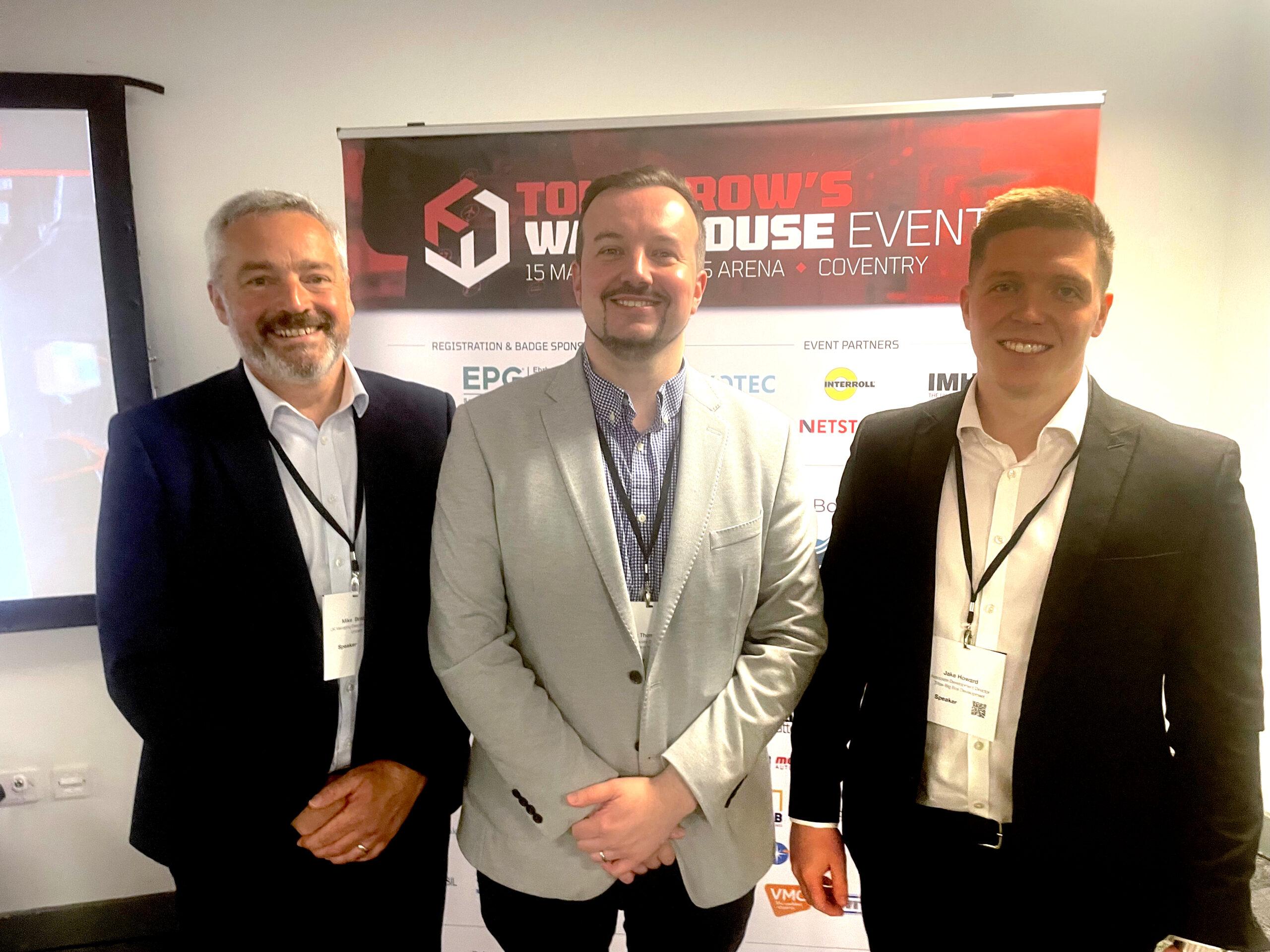
Last month, I had the opportunity to take part in a fascinating discussion at Tomorrow’s Warehouse Live, where stakeholders from across the logistics and property sectors gathered In Coventry to explore the future of warehousing in the UK. One clear message emerged: resilience in our supply chains depends on much more than just available space – it demands long-term thinking, true collaboration, and a renewed focus on people and place.
Despite rising vacancy rates, much of the current warehouse stock isn’t aligned with what occupiers actually need. Refurbished Grade A space often lacks essential modern infrastructure, while new developments are being cautiously phased amid economic uncertainty. Many short-term leases signed during Covid and Brexit are now expiring, creating churn in the market and a pressing need for more stable, strategic site planning.
From the occupier’s perspective, what matters most is fit-for-purpose space: automation-compatible layouts, robust power provision, and sustainability-readiness – from EPC compliance to EV charging and energy efficiency. Crucially, long-term partnerships with landlords and developers can unlock smarter design and more adaptive, future-ready sites.
A highlight of the panel debate was the recognition resilience isn’t just technical or financial – it’s social. A successful warehouse doesn’t exist in isolation. It’s part of a broader community, and community engagement must start early in the development process. Transparent dialogue with local authorities and residents can help overcome opposition and ensure developments deliver shared value, through infrastructure improvements, job creation, and skills development.
Power infrastructure also emerged as a major constraint. Many promising sites lack the grid capacity to support modern logistics operations. Without joint investment and innovative solutions – like integrating renewables or storage – these sites risk being underutilised.
Ultimately, warehousing success is no longer just about location or square footage. It’s about strategy, alignment, and trust. We must move away from reactive, transactional approaches and embrace a model where occupiers, landlords, and developers work together to deliver smarter, stronger, and more sustainable logistics infrastructure.
The UK’s supply chain resilience will depend on it.
Thank you to Alex Thompson from Avison Young and Jake Howard from Tritax Big Box who took part in the panel discussion with me.
